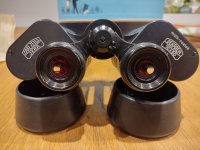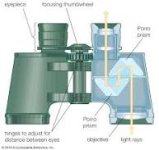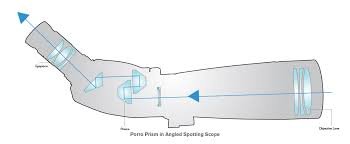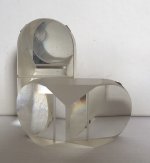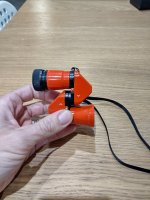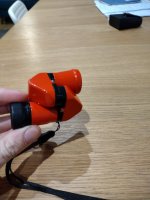John goshawk
Well-known member

What is the prism arrangement for this scope.
Can a straight through scope like this use a roof prism?
Thanks John
Can a straight through scope like this use a roof prism?
Thanks John





